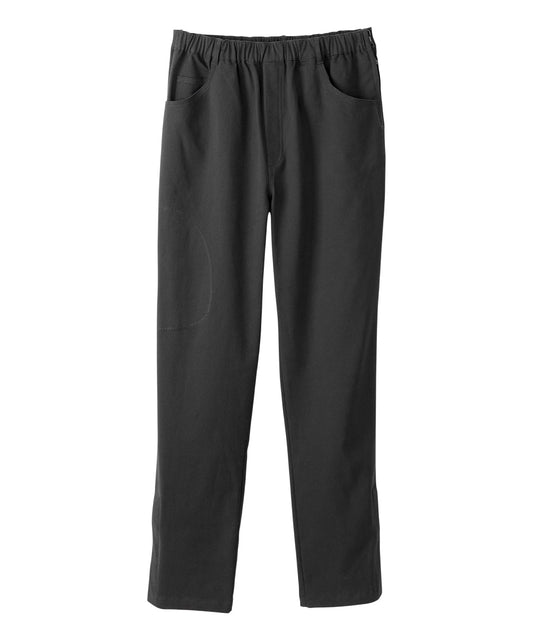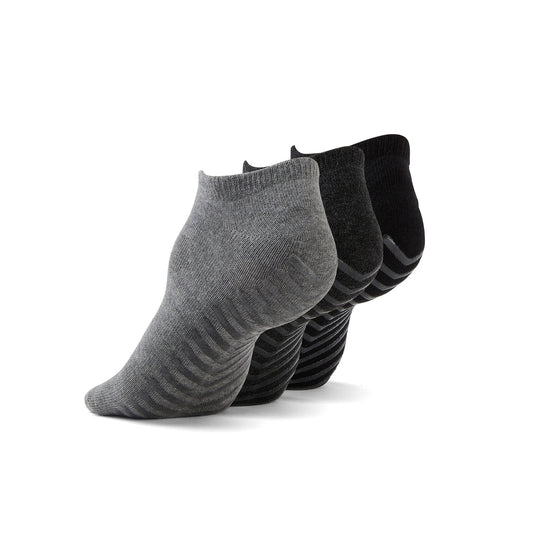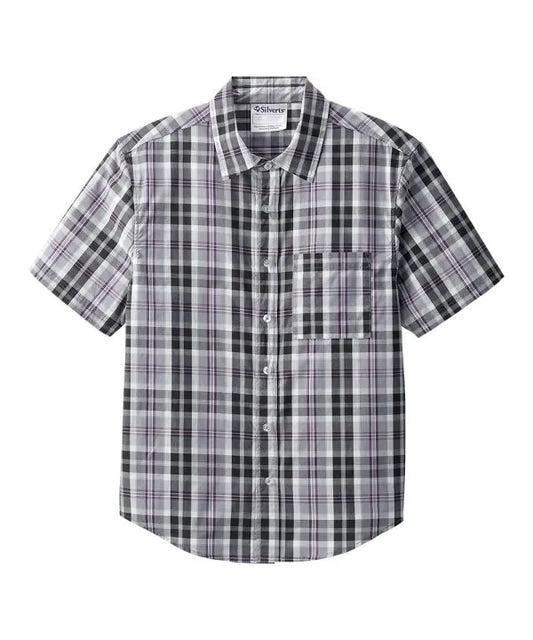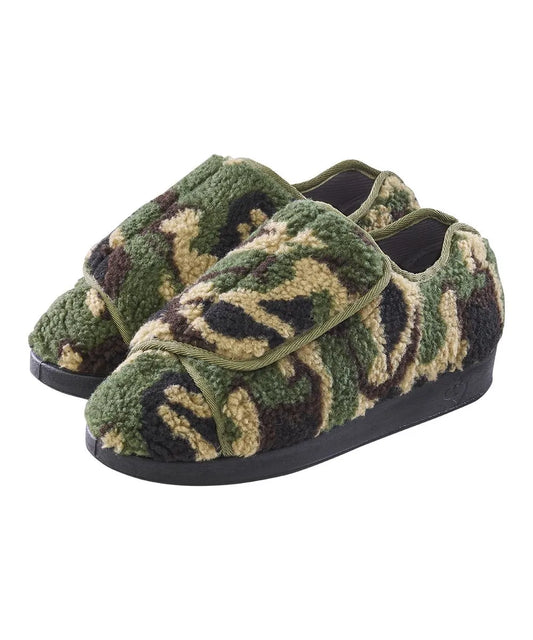Written by Arbaaz Ebrahim
Hospital stays can be stressful, and traditional hospital gowns often add to the discomfort. They’re impractical, expose too much, and do little to support a patient’s dignity. Adaptive clothing offers a game-changing alternative—designed for ease, comfort, and medical accessibility, it provides a dignified and functional solution for patients. In this blog, we’ll explore how adaptive clothing transforms hospital stays and why it’s a must-have for patient care.
What do you mean by Adaptive Clothing?
If you’ve ever stayed in a hospital, you know the struggle of those oversized, awkward hospital gowns. They’re uncomfortable, impractical, and, let’s be honest—far from stylish. But what if there was a better option? That’s where adaptive clothing comes in.
Adaptive clothing is designed to make dressing easier and more comfortable for people with limited mobility, medical conditions, or disabilities. Unlike traditional clothing, which can be a hassle with buttons, zippers, and tight openings, adaptive wear features thoughtful modifications like magnetic closures, Velcro fastenings, and open-back designs. The goal? To make dressing and undressing effortless—whether you’re doing it yourself or with the help of a caregiver.
For hospital patients, this can be a game-changer. Instead of struggling with stiff fabrics and restrictive designs, they can wear soft, comfortable clothing that allows for easy medical access without feeling completely exposed. Whether it’s side-opening pants that accommodate IV lines or tops that make dressing a breeze after surgery, adaptive clothing helps patients feel more dignified and at ease during their stay.
But here’s the best part—it’s not just about function; it’s about confidence, too. Gone are the days of settling for clinical-looking attire. Adaptive clothing now comes in modern, stylish designs that help people feel more like themselves, even in a hospital bed. It’s a small change that makes a big difference, and as more hospitals embrace this innovation, it’s transforming the patient experience for the better.
So, the next time you think of hospital stays, imagine a world where comfort and style go hand in hand. With adaptive clothing, that future is already here.
Women's Open Front Underwear 3 pack
What are the advantages of Adaptive Clothing?
Imagine getting dressed in the morning without struggling with tiny buttons, stiff fabrics, or awkward fastenings. For many people with disabilities, limited mobility, or medical conditions, this isn’t just a small inconvenience—it’s a daily challenge. That’s where adaptive clothing changes everything.
One of the biggest advantages of adaptive clothing is enhanced accessibility. Many people with physical limitations struggle with traditional clothing that doesn’t accommodate their needs. Adaptive fashion takes these challenges into account, offering designs that cater to different mobility levels, making fashion more inclusive for everyone.
Another key benefit is comfort. Many adaptive garments are made with soft, breathable, and stretchable fabrics that move with the body rather than restricting it. Thoughtful design elements, like tagless labels and seamless stitching, prevent irritation—something especially important for individuals with sensory sensitivities or chronic pain conditions.
Beyond practicality, adaptive clothing empowers people to express themselves. Fashion is a form of identity, and no one should have to sacrifice style for function. Modern adaptive designs offer trendy, stylish options that look just as good as mainstream fashion, helping wearers feel confident and included.
There’s also the advantage of independence. For people who may struggle with dressing on their own, adaptive clothing can provide a newfound sense of freedom. Instead of relying on assistance for everyday tasks, they can regain control over their wardrobe choices, boosting self-esteem and dignity.
At its core, adaptive clothing isn’t just about convenience—it’s about inclusivity, empowerment, and improving quality of life. It’s a small innovation that’s making a big impact in the lives of many.
Do Adaptive Clothing items make dressing and undressing easier?
Absolutely! One of the biggest advantages of adaptive clothing is how much easier it makes dressing and undressing, whether for the wearer or a caregiver assisting them. Traditional clothing often requires flexibility, strength, and fine motor skills—things that aren’t always possible for individuals with mobility challenges, disabilities, or medical conditions. Adaptive clothing eliminates these struggles with innovative designs that put ease and comfort first.
For starters, fastenings like Velcro, magnetic closures, and easy-to-use zippers replace traditional buttons and hooks, removing the need for precise hand movements. Someone with arthritis, for example, doesn’t have to fumble with tiny buttons but can simply press two fabric panels together, and the magnets will secure the clothing in place.
Another game-changer is strategic openings. Many adaptive designs feature side openings, back closures, or extra-wide necklines that allow garments to be slipped on and off effortlessly. This is especially beneficial for individuals who use wheelchairs, have limited arm mobility, or need to change frequently due to medical treatments.
For caregivers, these thoughtful designs reduce physical strain when assisting someone with dressing. Instead of struggling to lift arms, pull tight fabrics overheads, or maneuver legs into restrictive pants, adaptive clothing allows for quicker and smoother dressing experiences. This makes everyday routines less stressful for both parties.
Most importantly, these designs don’t just make dressing easier—they help people maintain a sense of independence and dignity. Many individuals who once required full assistance with dressing can now do it themselves or with minimal help, restoring confidence and self-reliance.
So yes, adaptive clothing doesn’t just make dressing easier—it transforms the experience, turning what was once a frustrating task into something simple, comfortable, and empowering.
Women's Side Zipper Linen Pants
What are three clothing features that make dressing easier for people with disabilities?
Adaptive clothing is designed to make dressing easier, more comfortable, and more accessible for people with disabilities, mobility challenges, or medical conditions. Here are three key features that improve the dressing experience by reducing frustration and increasing independence.
1. Open-Front and Side-Opening Designs
For individuals with limited mobility, traditional underwear and pants can be difficult to put on and take off. That’s why June Adaptive’s Women's Open-Front Underwear and Women's Side-Zipper Linen Pants offer a thoughtful alternative. The open-front underwear features a Velcro-secured panel that eliminates the need to bend or pull, making it ideal for those recovering from surgery or requiring caregiver assistance. Meanwhile, the side-zipper pants provide full-length openings, allowing for easy dressing while seated or lying down—perfect for wheelchair users or individuals with leg mobility challenges.
2. Magnetic and Velcro Closures
Small buttons and zippers can be a struggle for people with arthritis, Parkinson’s, or other conditions that affect hand dexterity. That’s why adaptive clothing often replaces them with Velcro fastenings, magnetic closures, or pull-on designs. These alternatives allow wearers to dress independently with minimal effort, removing the frustration of dealing with tiny fasteners.
3. Soft, Sensory-Friendly Fabrics
For those with sensory sensitivities or delicate skin, tag-free, seamless, and breathable fabrics make a huge difference. Adaptive clothing often prioritizes comfort with materials that reduce irritation and allow for all-day wear without discomfort. Features like flat seams and elastic-free waistbands help prevent pressure points, making dressing a more pleasant experience.
By incorporating these features, adaptive clothing transforms dressing into a simple, stress-free task, allowing individuals to focus on their day with confidence and ease.
Why is adaptive clothing better than traditional hospital gowns?
If you’ve ever worn a hospital gown, you know the struggle—thin fabric, awkward ties, and that constant feeling of being exposed. While they serve a purpose, traditional hospital gowns often prioritize medical convenience over patient comfort and dignity. That’s where adaptive clothing comes in, offering a far better alternative for those in hospitals or long-term care.
One of the biggest drawbacks of hospital gowns is the lack of coverage. They often leave patients feeling vulnerable, especially when moving around or receiving visitors. Adaptive clothing, on the other hand, provides full coverage while still allowing for medical access. Designs like open-back tops, side-zipper pants, and magnetic closures ensure that healthcare providers can easily perform examinations or administer treatments without completely exposing the patient.
Comfort is another major factor. Hospital gowns are usually made from stiff, scratchy fabric that isn’t ideal for extended wear. Adaptive clothing, however, uses soft, breathable materials that keep patients comfortable throughout the day. Features like tag-free labels, seamless construction, and stretchable fabric help prevent skin irritation—an important consideration for those with sensory sensitivities or fragile skin.
Another advantage is versatility. Unlike hospital gowns, which are typically one-size-fits-all and impractical for movement, adaptive clothing comes in different styles, sizes, and designs that allow patients to maintain their personal style while recovering. Whether lounging in bed or walking through the hospital corridors, wearing adaptive clothing helps patients feel more like themselves rather than just another patient in a gown.
Ultimately, adaptive clothing offers a dignified, comfortable, and practical alternative to traditional hospital gowns. By balancing medical functionality with patient needs it transforms the hospital experience, making recovery just a little bit easier.
Unisex Wide Easy-on Fleece Bootie Slipper
What features make hospital-friendly adaptive garments stand out?
Not all adaptive clothing is designed for hospital settings, but hospital-friendly adaptive garments come with specific features that make them ideal for patients recovering from surgery, undergoing treatments, or dealing with mobility challenges. These specialized designs focus on accessibility, medical functionality, and all-day comfort, ensuring a better experience than standard hospital attire.
One standout feature is discreet medical access points. Hospital-friendly adaptive clothing often includes hidden openings that allow doctors and nurses to access IV lines, monitor wounds, or perform procedures without requiring a complete outfit change. These designs reduce unnecessary discomfort while keeping the patient covered.
Another key feature is anti-microbial and moisture-wicking fabric. Hospitals can be breeding grounds for bacteria, so many adaptive garments incorporate materials that help prevent infections and keep the skin dry. Breathable, moisture-wicking fabrics are especially beneficial for patients who spend long hours in bed, as they help regulate body temperature and reduce the risk of skin irritation.
Non-restrictive fits and adjustable closures are also essential. Unlike stiff or one-size-fits-all hospital gowns, adaptive hospital wear is designed for movement, whether a patient is lying down, sitting, or standing. Features like elastic waistbands, adjustable Velcro straps, or expandable sleeves make dressing and undressing far easier for both patients and caregivers.
Conclusion
Adaptive clothing is revolutionizing hospital stays by offering a dignified, comfortable, and functional alternative to traditional hospital gowns. With features like discreet medical access, breathable fabrics, and easy-to-adjust designs, these garments prioritize patient well-being while ensuring healthcare professionals can do their jobs efficiently. Instead of feeling restricted by standard gowns, patients can enjoy greater independence, comfort, and confidence during their recovery.
As more hospitals recognize the benefits of adaptive clothing, its role in improving patient experiences will only continue to grow—because everyone deserves to feel comfortable and respected, even in a hospital bed. To learn more about adaptive wear, check out the JuneAdaptive website: https://www.juneadaptive.com/


















